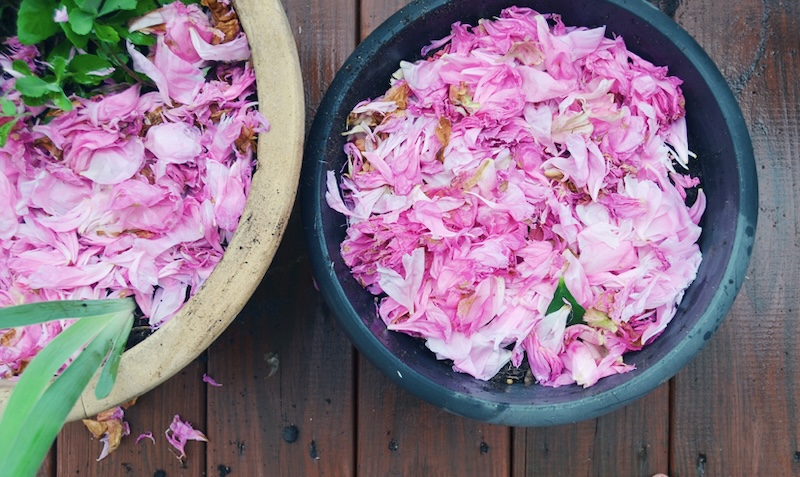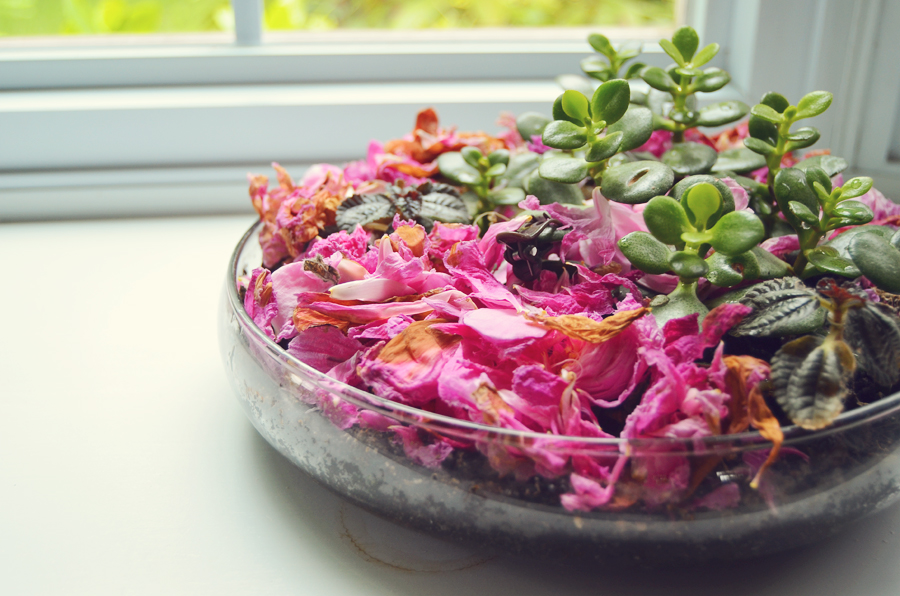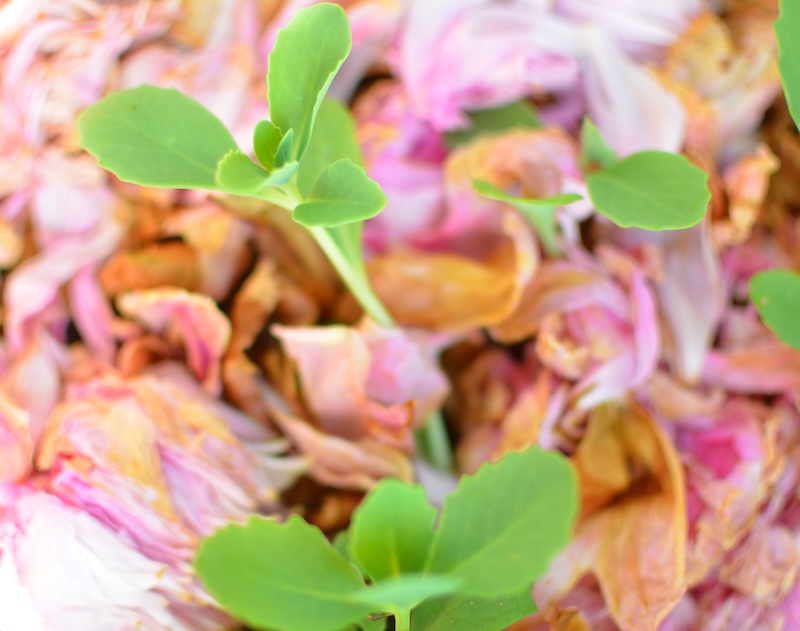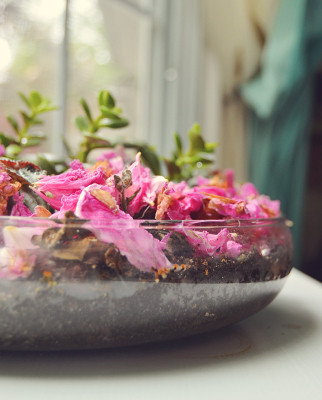Using Peony Flowers As Mulch
Dec 18, 2021
The thing about peonies is that they will dip over and fall to the ground if there is a hint of wind or rain in your garden. Those blooms do not have to go to waste though. Your first layer of defense is to pick those blooms and see if they will stand up straight in a vase for an arrangement. Oftentimes, the night after a rain, those peonies will be just fine for flower arrangements.
However, if the blooms are too far gone to work well or a bouquet, they are still perfect for mulch.
What? Mulch? Mulch is made from things like wood chips right?
Well, yes, but technically mulch is any organic material that will smother weeds and add organic material to your soil.
Flower petals can do both -- especially if they are in mass amounts as in the bombastic blooms of a peony. Here is how it looks. Simply gather all of the flower petals into a large bucket.

Then take all of those petals and cover the soil around the base of plants in pots or in the ground. Be sure to allow the soil in pots to dry out between watering, so fungus gnats don't go crazy.

This time of year is typically before most outdoor pests break dormancy, so the risk of bringing any pests inside is low. If you are nervous about that, you can always just add the mulch to outdoor containers or garden beds around your house outside.

Peonies start breaking ground before most other plants in early spring, depending on how far south you are. Stay off of the ground where your peonies are growing to prevent soil compaction.
Once the flower petals start to die off, you can either mix them in with the soil, or apply a fresh layer of mulch over top of the petals. It will add a great deal of organic material that will break down in the soil and add nutrients back for other plants.

|
Author Chris Link - Published 12-18-2021 |
//

